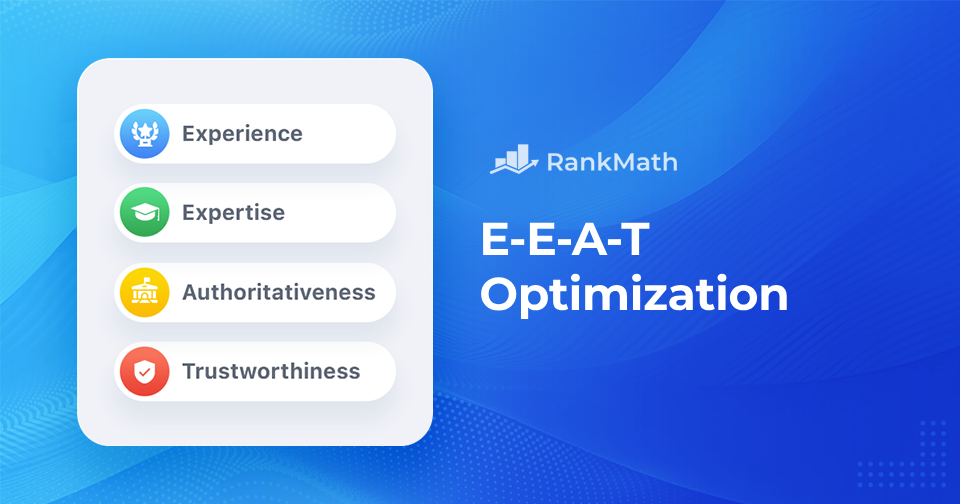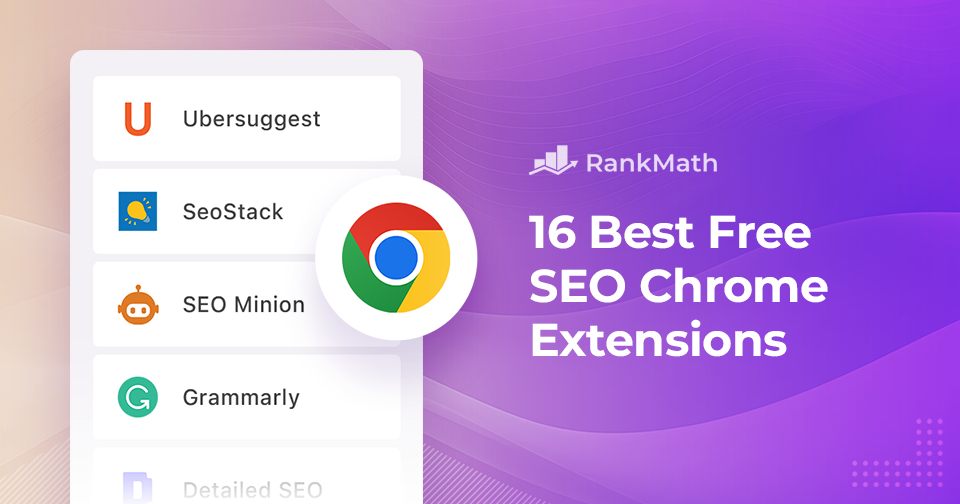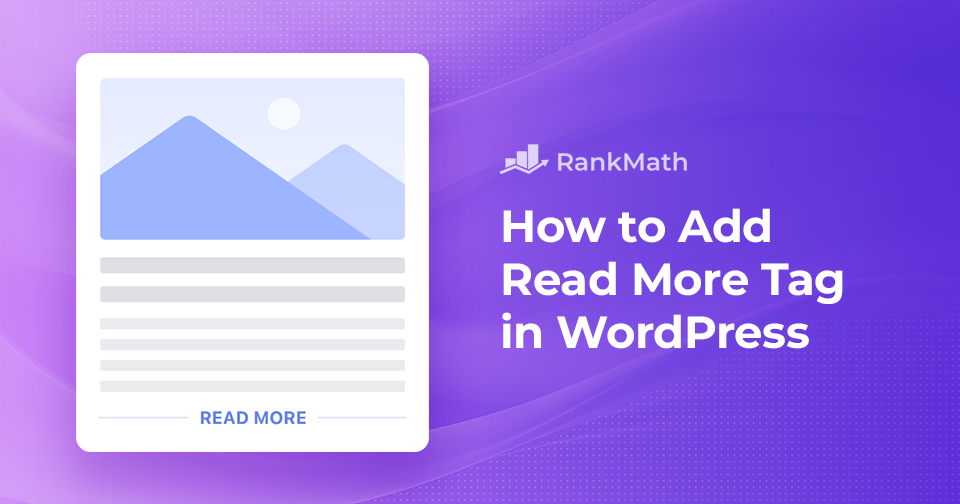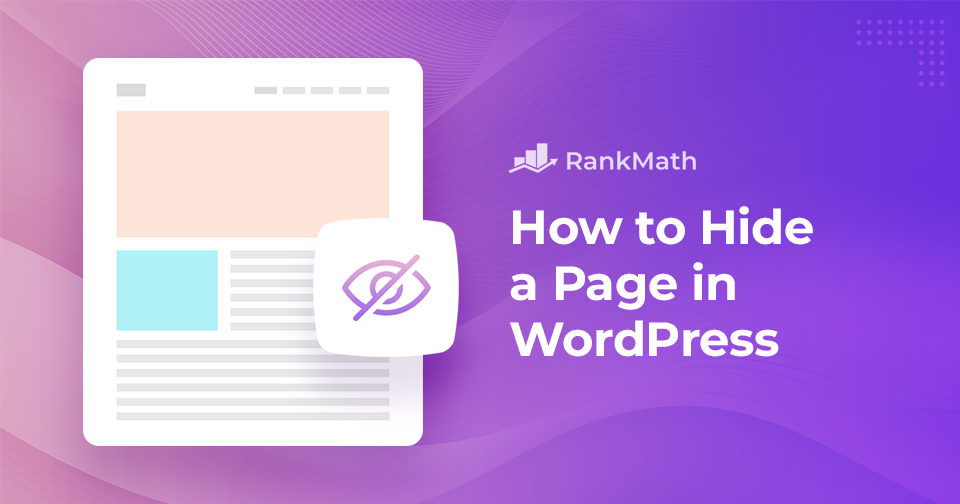Approvazione di Google AdSense: la strada rapida verso la monetizzazione
Sei pronto a trasformare la tua passione per il blogging o la creazione di siti web in un'impresa redditizia?
Immagina che i tuoi contenuti realizzati con cura coinvolgano il tuo pubblico e generino un flusso di entrate costante. Bene, Google AdSense può trasformare questo sogno in realtà!
Google AdSense è un potente generatore di entrate in cui strategia, creatività e diligenza si uniscono per aprire le porte a un mondo di possibilità pubblicitarie.
In questa guida ti guideremo attraverso i complessi passaggi necessari per richiedere AdSense e distinguerti agli occhi di Google come editore affidabile e prezioso.

Prepariamoci a scoprire i segreti del successo nella pubblicità online.
È tempo di trasformare la tua passione in profitto!💰
Continua a leggere





